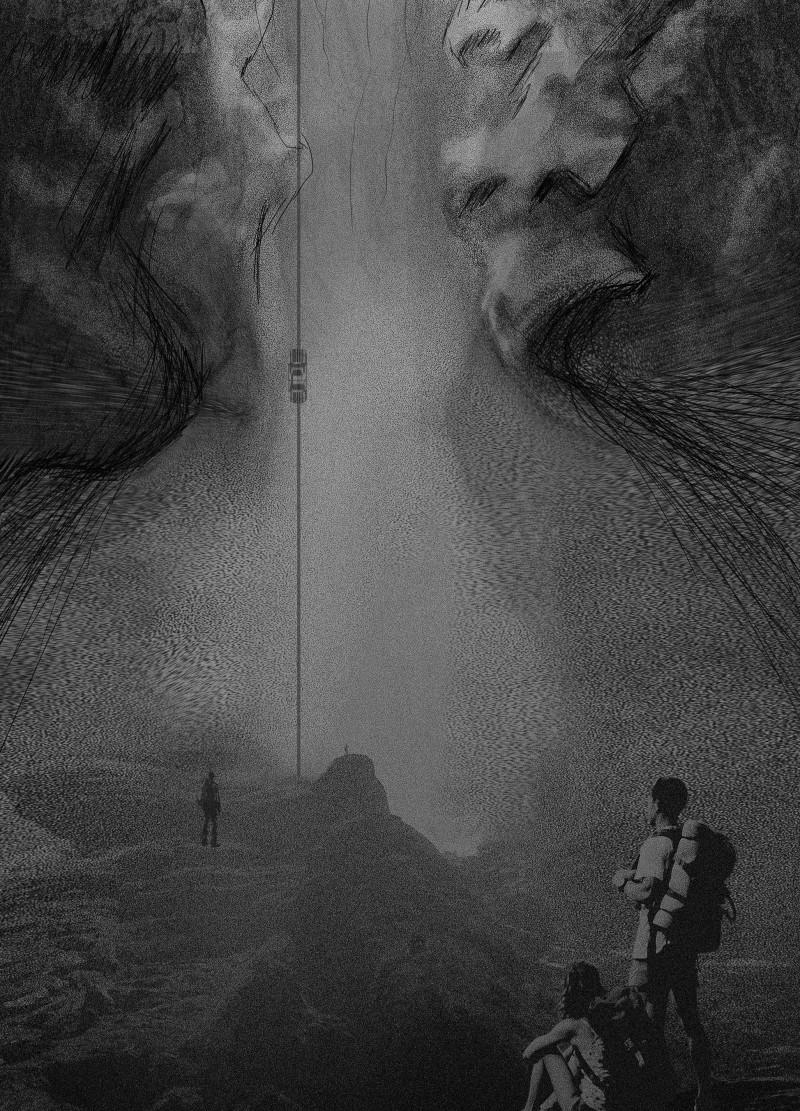5 key facts about this project
The architectural design exemplifies a series of interconnected spaces that flow seamlessly into one another. Each area has been deliberately crafted to support its specific function while contributing to an overarching sense of continuity throughout the site. The layout allows for both communal and private zones, ensuring that users can experience both social connectivity and personal retreat within the same building. This approach speaks to a contemporary understanding of how architecture can cater to diverse needs and promote a balanced lifestyle.
The exterior of the project is characterized by a blend of materials that have been selected not only for their aesthetic appeal but also for their performance. Reinforced concrete forms the backbone of the structure, ensuring durability and stability. Large glass panels are incorporated to create a dialogue between the interior and exterior spaces, allowing natural light to permeate while providing views that connect occupants to the landscape outside. Sustainable timber elements are used for accents and cladding, fostering a sense of warmth and inviting connection to nature. This thoughtful materiality not only enhances the project's visual identity but also reinforces its commitment to sustainability by utilizing resources that minimize the environmental impact.
Unique design approaches are evident throughout the project, particularly in how it addresses issues of energy efficiency and ecological sustainability. The integration of green roofs and landscaped areas not only contributes to the aesthetic quality of the building but significantly minimizes heat retention and promotes biodiversity. Rainwater harvesting systems are strategically incorporated to ensure efficient water management, reflecting a proactive stance towards sustainability. Furthermore, solar panels have been integrated into the design to harness renewable energy, underscoring the project's ambition to operate sustainably in the long term.
Inside, the project is designed with user experience at its forefront. The interior spaces are organized to facilitate fluid movement and accessibility, where the layout encourages interaction while also allowing for quieter, contemplative areas. Thoughtfully chosen materials and finishes contribute to a cohesive visual language, employing a palette that soothes and inspires. The interiors are designed to be adaptable, accommodating various uses over time, which reflects a progressive understanding of how architectural spaces can evolve with their occupants.
Special attention has been paid to the relationship between built and natural environments. The design celebrates its location through the incorporation of natural light, ventilation, and views that draw the outside in. This relationship fosters a deeper connection to the site, promoting well-being among users and creating spaces that are not merely functional but enriching.
In summary, this architectural project embodies a harmonious blend of innovative design and thoughtful functionality. Its approach to sustainability, user experience, and contextual sensitivity sets a benchmark for modern architecture. For those interested in exploring the intricacies of this remarkable design further, detailed architectural plans, sections, and design ideas are available for review, providing deeper insights into how this project achieves its goals and contributes to its environment.























